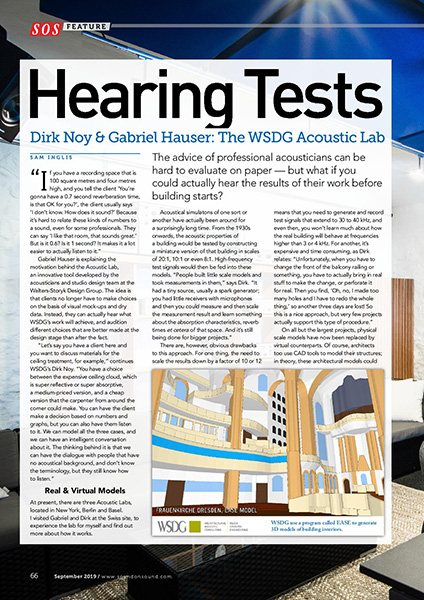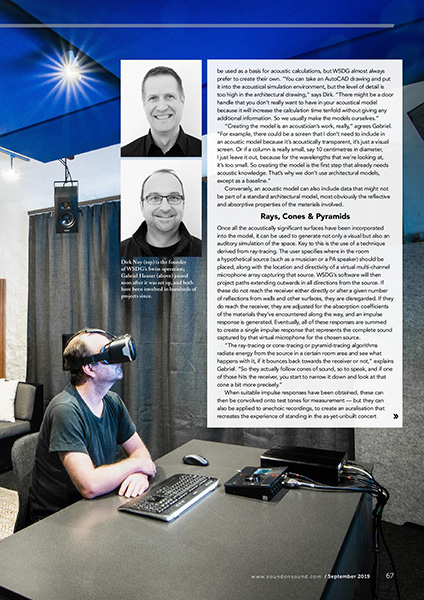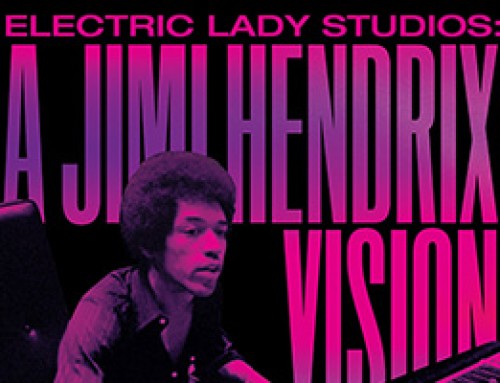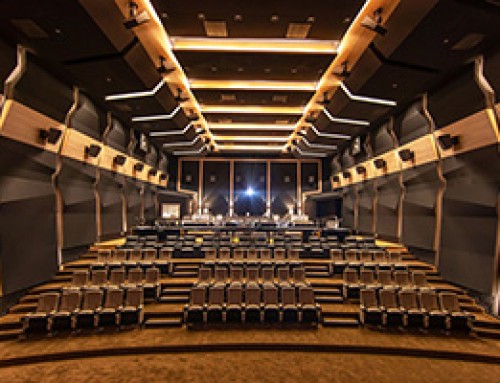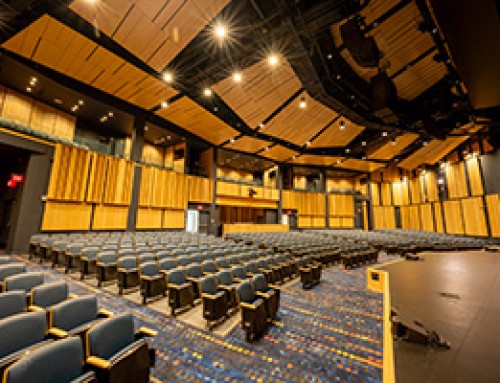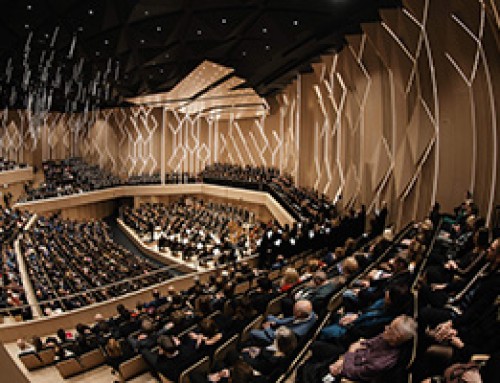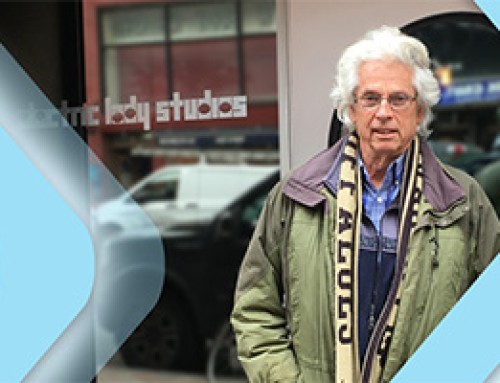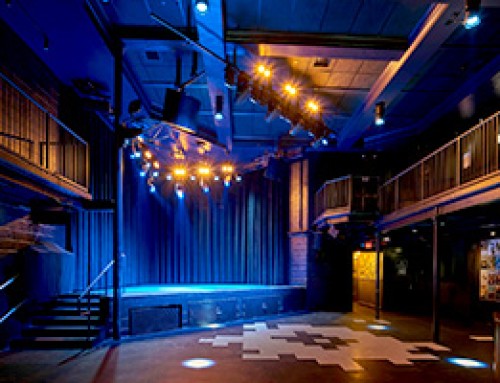
Hearing Tests
By Sam Inglis
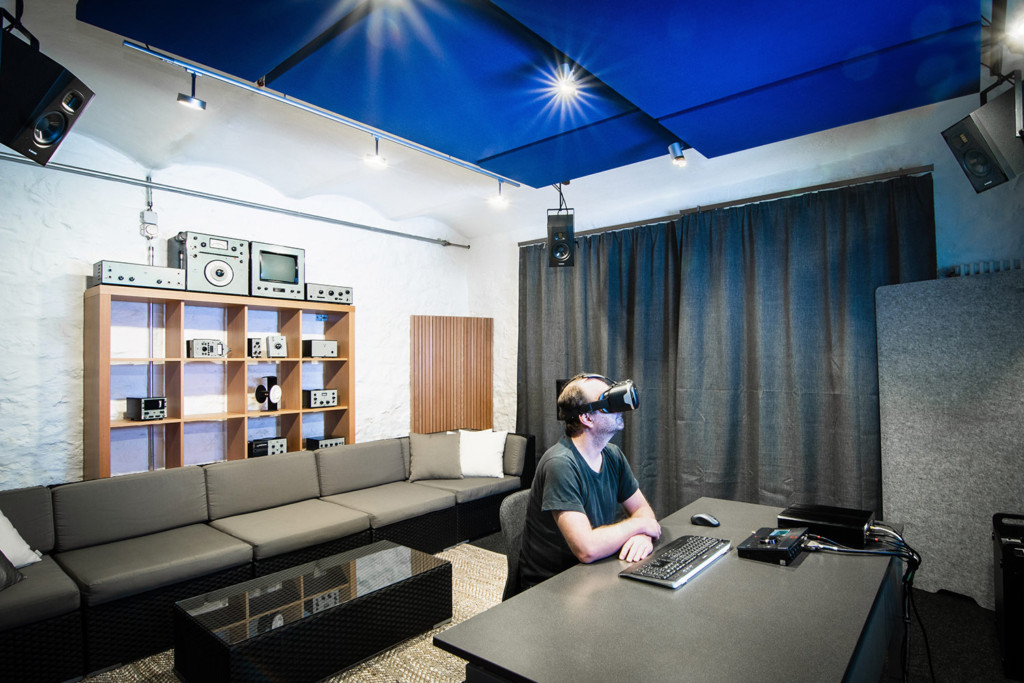
The advice of professional acousticians can be hard to evaluate on paper — but what if you could actually hear the results of their work before building starts?
“If you have a recording space that is 100 square meters and four meters high, and you tell the client ‘You’re gonna have a 0.7 second reverberation time, is that OK for you?’, the client usually says ‘I don’t know. How does it sound?’ Because it’s hard to relate these kinds of numbers to a sound, even for some professionals. They can say ‘I like that room, that sounds great.’ But is it 0.6? Is it 1 second? It makes it a lot easier to actually listen to it.”
Gabriel Hauser is explaining the motivation behind the AcousticLab, an innovative tool developed by the acousticians and studio design team at the Walters-Storyk Design Group. The idea is that clients no longer have to make choices on the basis of visual mock-ups and dry data. Instead, they can actually hear what WSDG’s work will achieve, and audition different choices that are better made at the design stage than after the fact.
“Let’s say you have a client here and you want to discuss materials for the ceiling treatment, for example,” continues WSDG’s Dirk Noy. “You have a choice between the expensive ceiling cloud, which is super reflective or super absorptive, a medium-priced version, and a cheap version that the carpenter from around the corner could make. You can have the client make a decision based on numbers and graphs, but you can also have them listen to it. We can model all the three cases, and we can have an intelligent conversation about it. The thinking behind it is that we can have the dialogue with people that have no acoustical background, and don’t know the terminology, but they still know how to listen.”
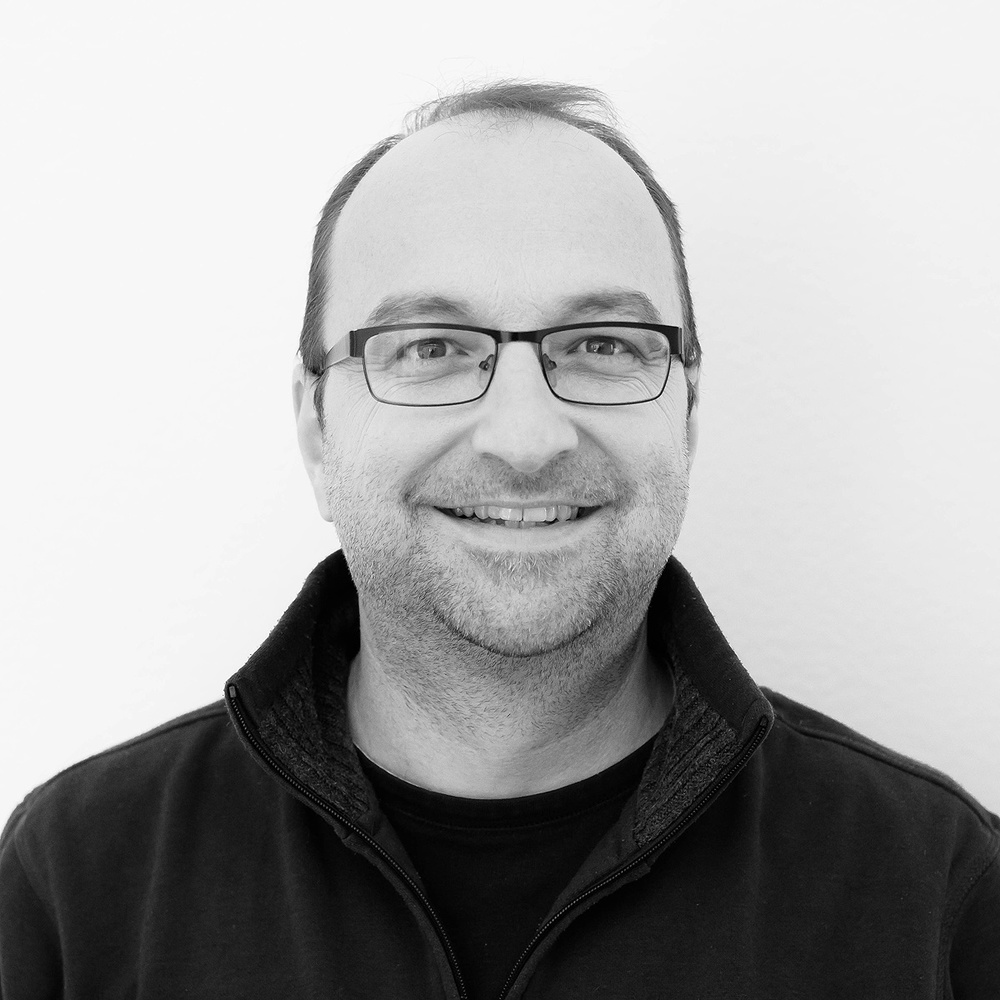
Real & Virtual Models
At present, there are three AcousticLabs, located in New York, Berlin and Basel. I visited Gabriel and Dirk at the Swiss site, to experience the lab for myself and find out more about how it works.
Acoustical simulations of one sort or another have actually been around for a surprisingly long time. From the 1930s onwards, the acoustic properties of a building would be tested by constructing a miniature version of that building in scales of 20:1, 10:1 or even 8:1. High-frequency test signals would then be fed into these models. “People built little scale models and took measurements in them,” says Dirk. “It had a tiny source, usually a spark generator; you had little receivers with microphones and then you could measure and then scale the measurement result and learn something about the absorption characteristics, reverb times et cetera of that space. And it’s still being done for bigger projects.”
Dirk Noy: “The thinking behind it is that we can have the dialogue with people that have no acoustical background, and don’t know the terminology, but they still know how to listen.
There are, however, obvious drawbacks to this approach. For one thing, the need to scale the results down by a factor of 10 or 12 means that you need to generate and record test signals that extend to 30 to 40 kHz, and even then, you won’t learn much about how the real building will behave at frequencies higher than 3 or 4 kHz. For another, it’s expensive and time consuming, as Dirk relates: “Unfortunately, when you have…

